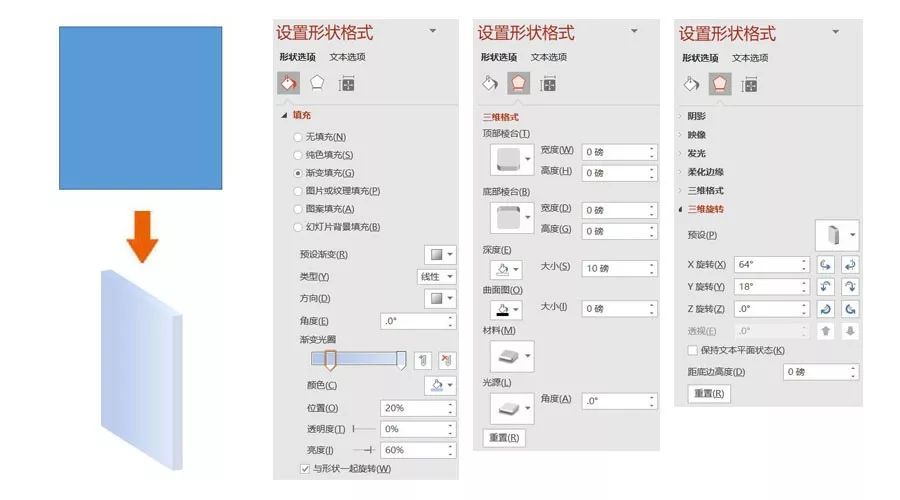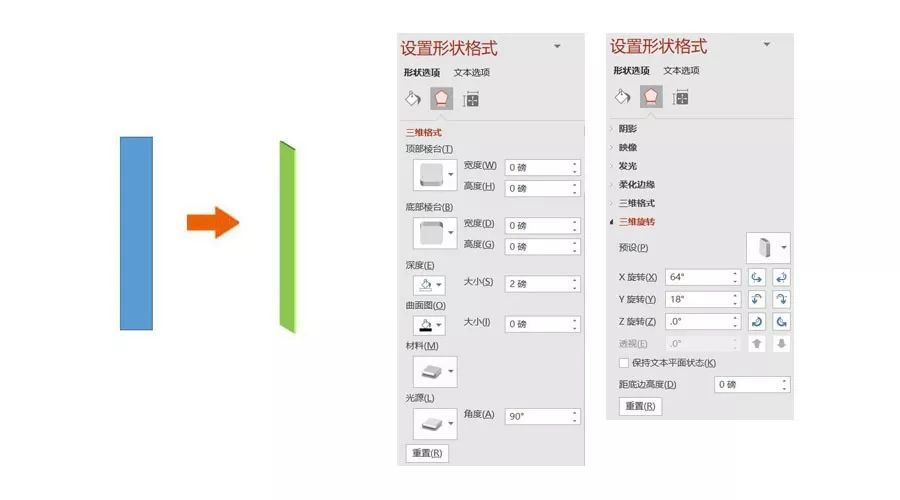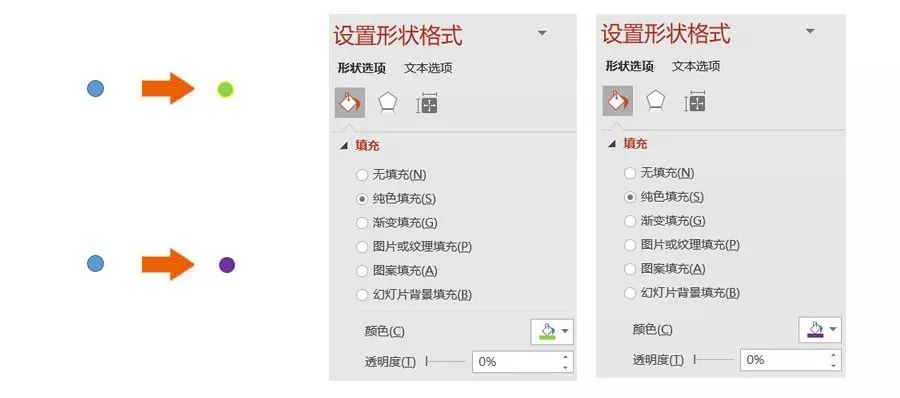







Articles are uploaded by users and are for non-commercial browsing only. Posted by: Lomu, please indicate the source: https://www.daogebangong.com/en/articles/detail/ke-yan-hui-tu-bi-bei-PPT-hui-zhi-dian-zhi-bian-se-chuang-hu-yuan-li-tu-quan-gong-lve-005.html
 支付宝扫一扫
支付宝扫一扫


评论列表(196条)
测试